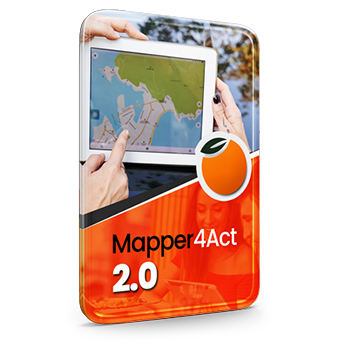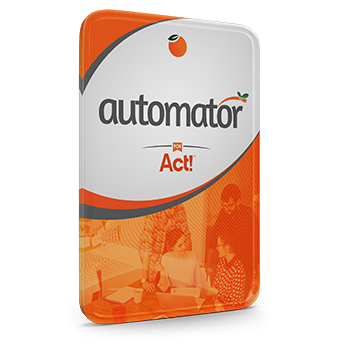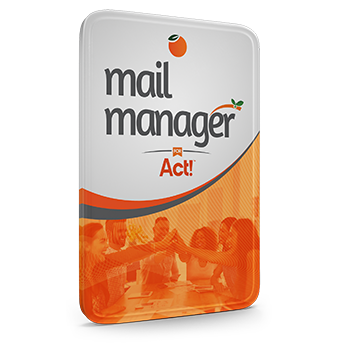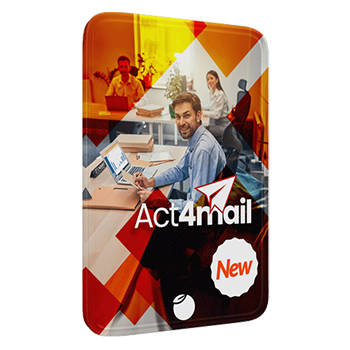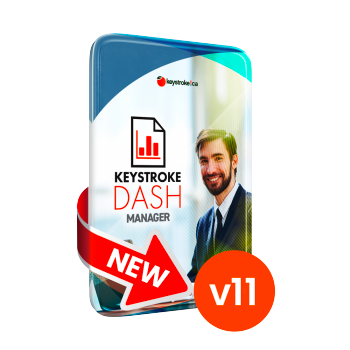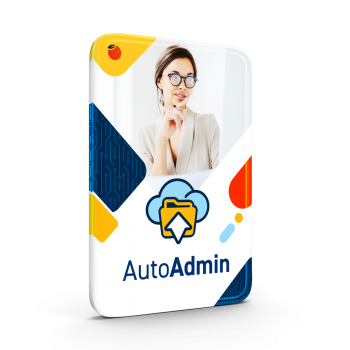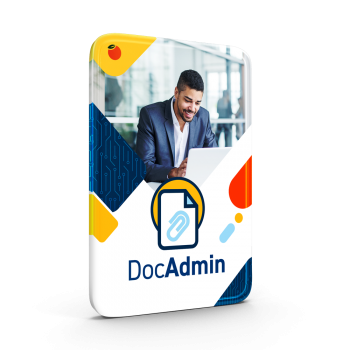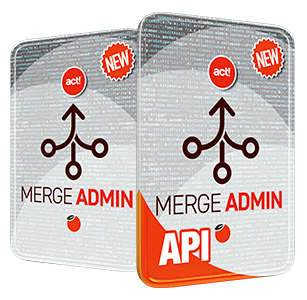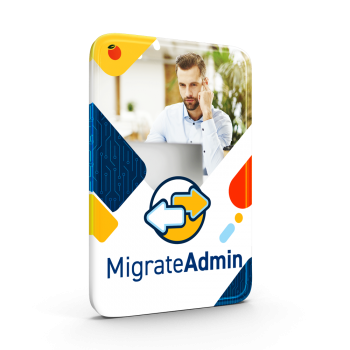Don’t despair.
![]() 1. Leading by Example: Expect employees to test your commitment to the change, and the first way they’ll do that is to look for whether you intend to use the software yourself. Like it or not, employers lead by example, so don’t expect their commitment to the deployment to exceed your own. Any deployment can expect complaints about technical issues and how much better things were before, and the best way to silence that resistance is to demonstrate you’re willing to overcome them yourself.
1. Leading by Example: Expect employees to test your commitment to the change, and the first way they’ll do that is to look for whether you intend to use the software yourself. Like it or not, employers lead by example, so don’t expect their commitment to the deployment to exceed your own. Any deployment can expect complaints about technical issues and how much better things were before, and the best way to silence that resistance is to demonstrate you’re willing to overcome them yourself.
![]() 2. User-Authoring: A top-down implementation of anything is folly. If the frontline users do not feel they’ve played some role in authoring the solution they’re being asked to implement; pushback will occur. Solicit their input on the CRM solution's priorities, features, design, and content, but be sure to exclude their input on which product is to be selected. As the business owner, you may wish to make decisions based on price, integrations, or in-house product expertise that would not weigh on their choices. If the users see their suggestions implemented, they will be less likely to resist incorporating them into their workflow.
2. User-Authoring: A top-down implementation of anything is folly. If the frontline users do not feel they’ve played some role in authoring the solution they’re being asked to implement; pushback will occur. Solicit their input on the CRM solution's priorities, features, design, and content, but be sure to exclude their input on which product is to be selected. As the business owner, you may wish to make decisions based on price, integrations, or in-house product expertise that would not weigh on their choices. If the users see their suggestions implemented, they will be less likely to resist incorporating them into their workflow.
![]() 3. Safeguard their data: A new deployment often involves populating the database with accounting data, as well as shared lead sources and prospects. Not all salespeople will wish to share their income sources in a commission-based environment, so business owners must plan for this. Programs like Link2quotes allow sales reps to hide all their quotes from others, or conceal them on a quote-by-quote basis. Their sales results would still be visible in team reporting, but not the details.
3. Safeguard their data: A new deployment often involves populating the database with accounting data, as well as shared lead sources and prospects. Not all salespeople will wish to share their income sources in a commission-based environment, so business owners must plan for this. Programs like Link2quotes allow sales reps to hide all their quotes from others, or conceal them on a quote-by-quote basis. Their sales results would still be visible in team reporting, but not the details.
4. ![]() Metrics: After implementation, incorporate a reliable, fast, and accurate reporting system like Keystroke Dash. Employees must understand that their work performance will be graded by what they contribute to the CRM. If employees are to be genuinely accountable to the company and its’ customers, their efforts must be measurable and documented. Define the standards of record keeping for all staff, and hold them to that standard with consistent reporting and rewards.
Metrics: After implementation, incorporate a reliable, fast, and accurate reporting system like Keystroke Dash. Employees must understand that their work performance will be graded by what they contribute to the CRM. If employees are to be genuinely accountable to the company and its’ customers, their efforts must be measurable and documented. Define the standards of record keeping for all staff, and hold them to that standard with consistent reporting and rewards.
![]() 5. Efficiency: Employees must see the efficiency in the CRM implementation for them to buy in. Don’t rely on obedience. If the CRM creates more keyboard clicks without saving time or energy, employees will feel like they’re being asked to jump through hoops and react accordingly. For example, online services like Link2forms can streamline website feedback and follow-up, as Link2calendar can enhance how they engage with customers.
5. Efficiency: Employees must see the efficiency in the CRM implementation for them to buy in. Don’t rely on obedience. If the CRM creates more keyboard clicks without saving time or energy, employees will feel like they’re being asked to jump through hoops and react accordingly. For example, online services like Link2forms can streamline website feedback and follow-up, as Link2calendar can enhance how they engage with customers.
![]() 6. Training: Employees will not ask for help or draw attention to themselves if they don’t know how to use the CRM software. Without proper, formal training, frontline staff will blame the software and pounce on any technical difficulty to justify their resistance. Be prepared for this and provide access to Computer Based Training (online videos or featured tours) and formal instructor-led training.
6. Training: Employees will not ask for help or draw attention to themselves if they don’t know how to use the CRM software. Without proper, formal training, frontline staff will blame the software and pounce on any technical difficulty to justify their resistance. Be prepared for this and provide access to Computer Based Training (online videos or featured tours) and formal instructor-led training.
Resistance to change from the frontline is often less about commitment to their work than insecurity, so it should be treated accordingly. Plan for this predictable human behaviour by leading by example, incorporating their feedback, rewarding program use, making it worth switching to, and providing the training support necessary to ensure their success.



